Media | Articles
Volvo’s commuter dreams were once made of carbon fiber and cooking oil
In 1979, Volvo engineers received a request that sounded nearly impossible to fulfill. Executives wanted a car that could seat at least two passengers, weighed less than 1543 pounds (700 kilograms), and returned at least 59 miles per gallon (four liters of fuel per 100 kilometers). The prototype had to be functional; turning in a floppy disk’s worth of simulations was out of the question.
For context, the Peugeot 205 hatchback released in 1983 had four seats, weighed around 1630 pounds, and returned approximately 40 miles per gallon. The brief must have raised more than a few eyebrows in Gothenburg but Volvo had made up its mind: it was 1983, but the company wanted the kind of car it imagined we’d all be driving in the year 2000.
Called Light Component Project (LCP) 2000, the concept leveraged then-new materials and technologies. Volvo cleverly relied on composites, magnesium, and aluminum to land close to its weight target. It also made the door frames with carbon fiber, and this was a very big deal; at the time, the exotic, super-strong material was becoming increasingly common in race cars but it remained rare in the realm of street-legal cars due to its cost.
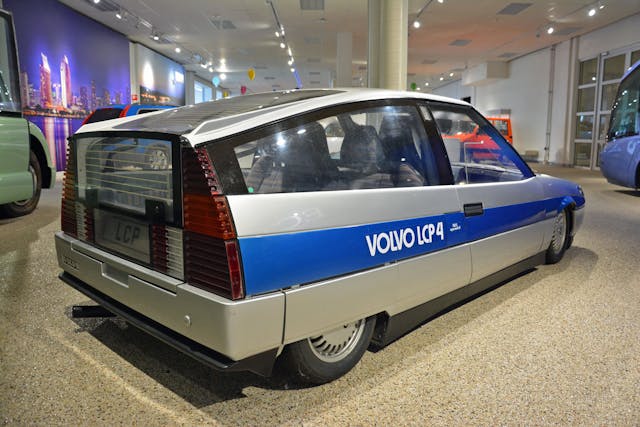
Volvo unveiled four examples of the LCP 2000 in 1983. Two were powered by a 1.3-liter three-cylinder turbodiesel engine made with magnesium and rated at 50 horsepower, while two others used a cast-iron 1.4-liter turbodiesel three-cylinder tuned to deliver a more usable 90-horsepower output. Both engines were mounted transversely to spin the front wheels via either a five-speed manual transmission or a CVT, and they were developed to run on a wide variety of fuels, including rapeseed oil normally used for frying. Volvo employees reportedly noted that the prototypes “had a nice smell of fish and chips” when driving by. Yummy.
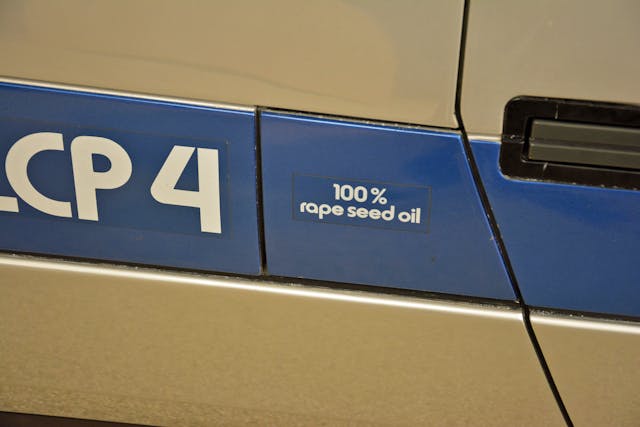
The design was about what you’d expect from an experimental Volvo made in the early 1980s. Form followed function, and making the LCP as aerodynamic as possible was important to keep fuel economy in check, so the end result was a two-door hatchback that looked like it escaped from a comic book. The LCP was characterized by a wedge-shaped silhouette, a relatively low and flat front end, huge windows, and deep side skirts ready to pick a fight with even the smallest speed bumps. Volvo mounted the headlights behind clear panels and partially covered the rear wheels to achieve a 0.25 drag coefficient.
Marketplace
Buy and sell classics with confidence
From the driver’s perspective, the LCP 2000 appeared nearly ready for production. It featured a four-spoke steering wheel, a heater, a clock, and an AM/FM radio mounted vertically on the center console. Riding in the back was a different story: Volvo installed a pair of rear-facing seats that could only be accessed by crawling through the hatch. Getting in must have felt like creeping into a dragon’s mouth.
Volvo tested the four cars but stopped short of giving the funky-looking hatchback the proverbial green light for production. The company archives department explains one of the issues holding back the LCP 2000: very few motorists cared about lightweight materials and alternative fuels in the early 1980s. Hypermiling wasn’t cool; watching Lancia win the 1983 World Rally Championship was. While the LCP 2000 remained an oddity, some of the lessons learned during the project permeated the cars Volvo released in the 1980s and the 1990s, and the idea of a wedge-shaped compact materialized when the 480 made its debut in 1986.
Today, a lightweight material like carbon fiber is used on ordinary cars without much fanfare; Toyota Prius Prime’s rear hatch is made of the stuff, as is the BMW i3’s underlying structure. Composite materials and small, fuel-efficient turbodiesel engines first merged into Europe’s automotive mainstream during the 1990s, and cars like the first-gen Honda Insight eventually embraced similar aero benefits. (Note the stubby rear end and covered rear wheels.) In the end, Volvo’s crystal ball with the LCP 2000 wasn’t too wide of the mark but simply ahead of its time. And maybe it’s better that modern EVs, with their zero-emission capability, don’t carpet-bomb roadways with french fry odors.
Check out the Hagerty Media homepage so you don’t miss a single story, or better yet, bookmark it.


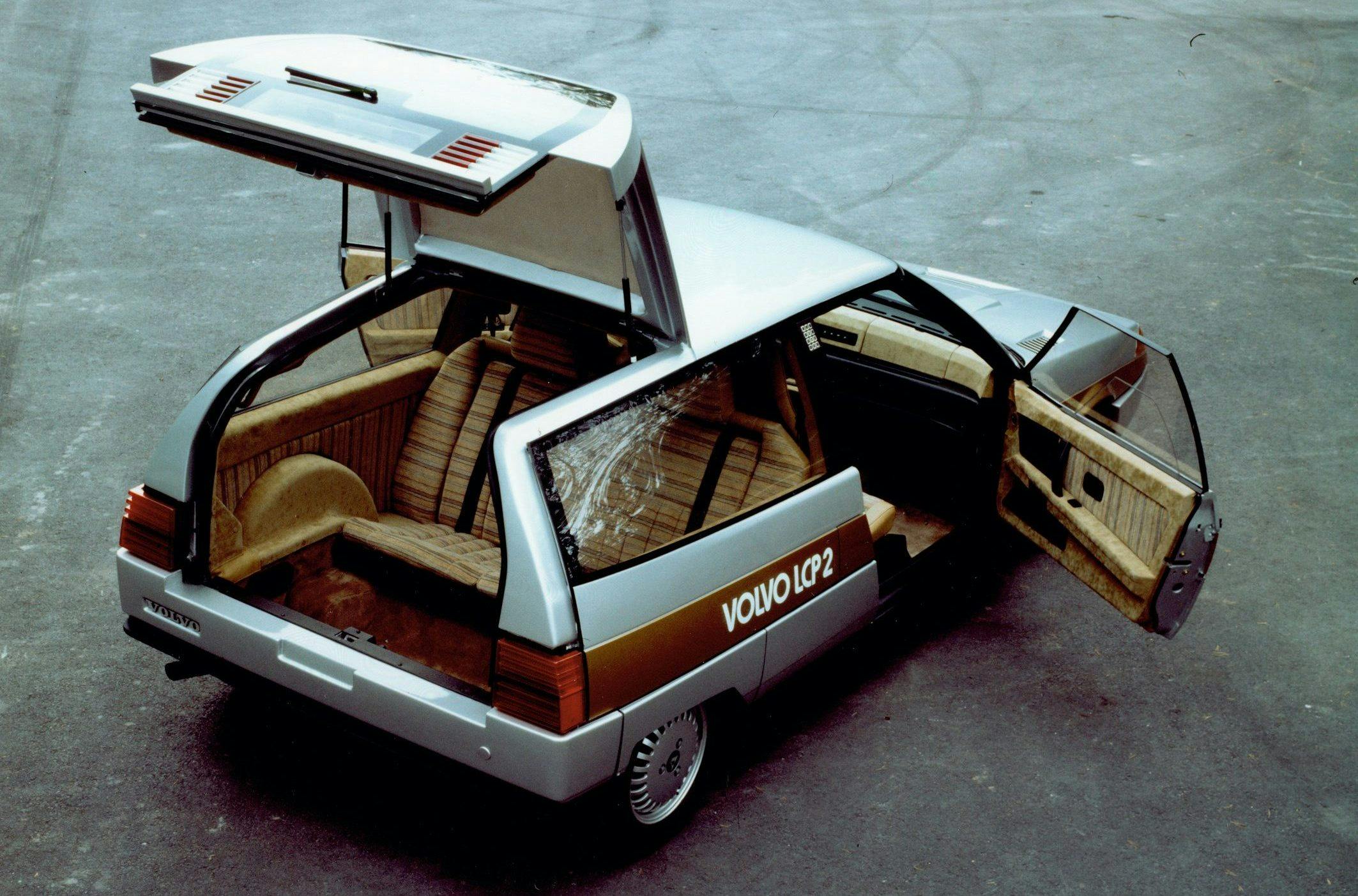
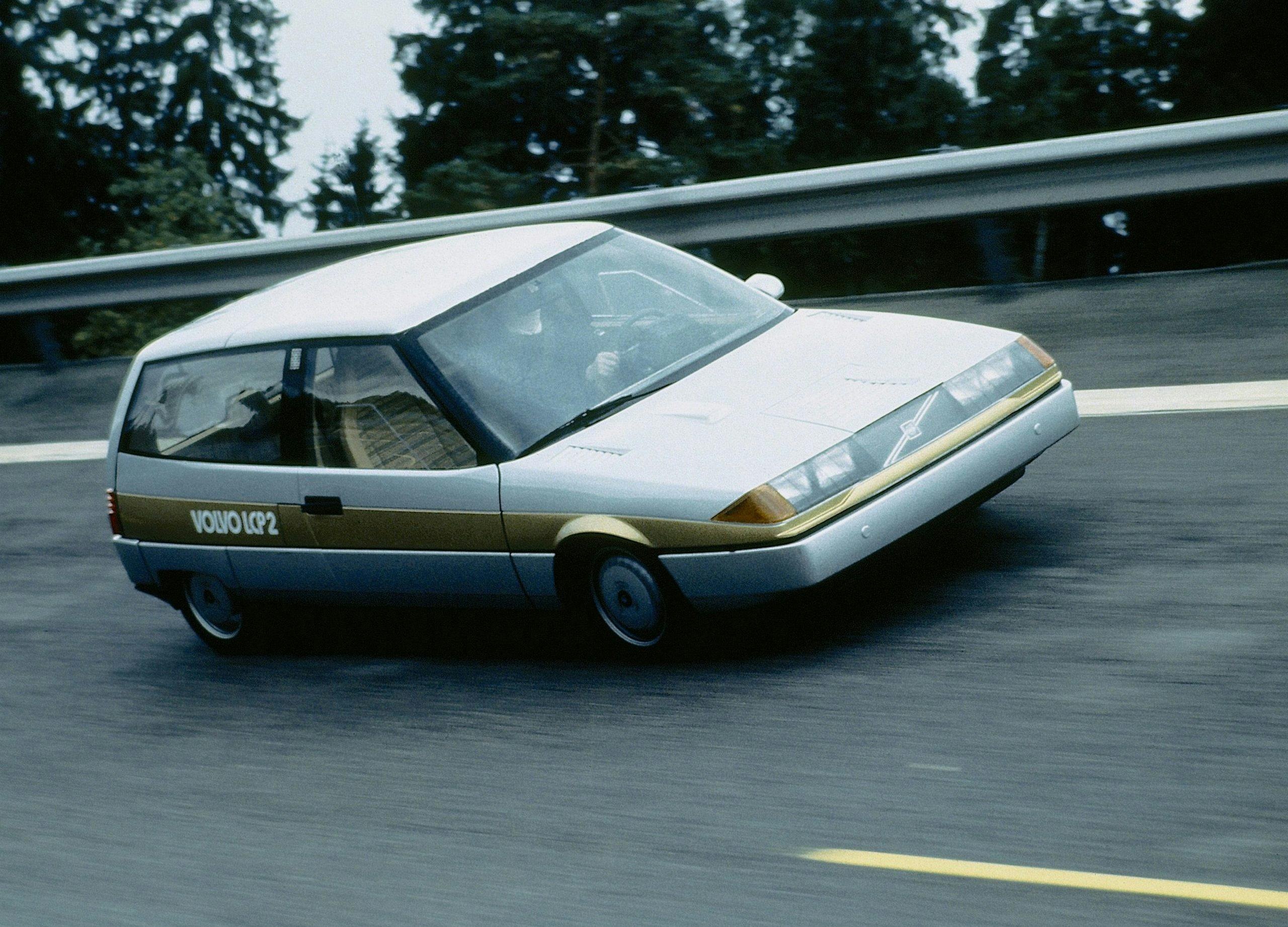
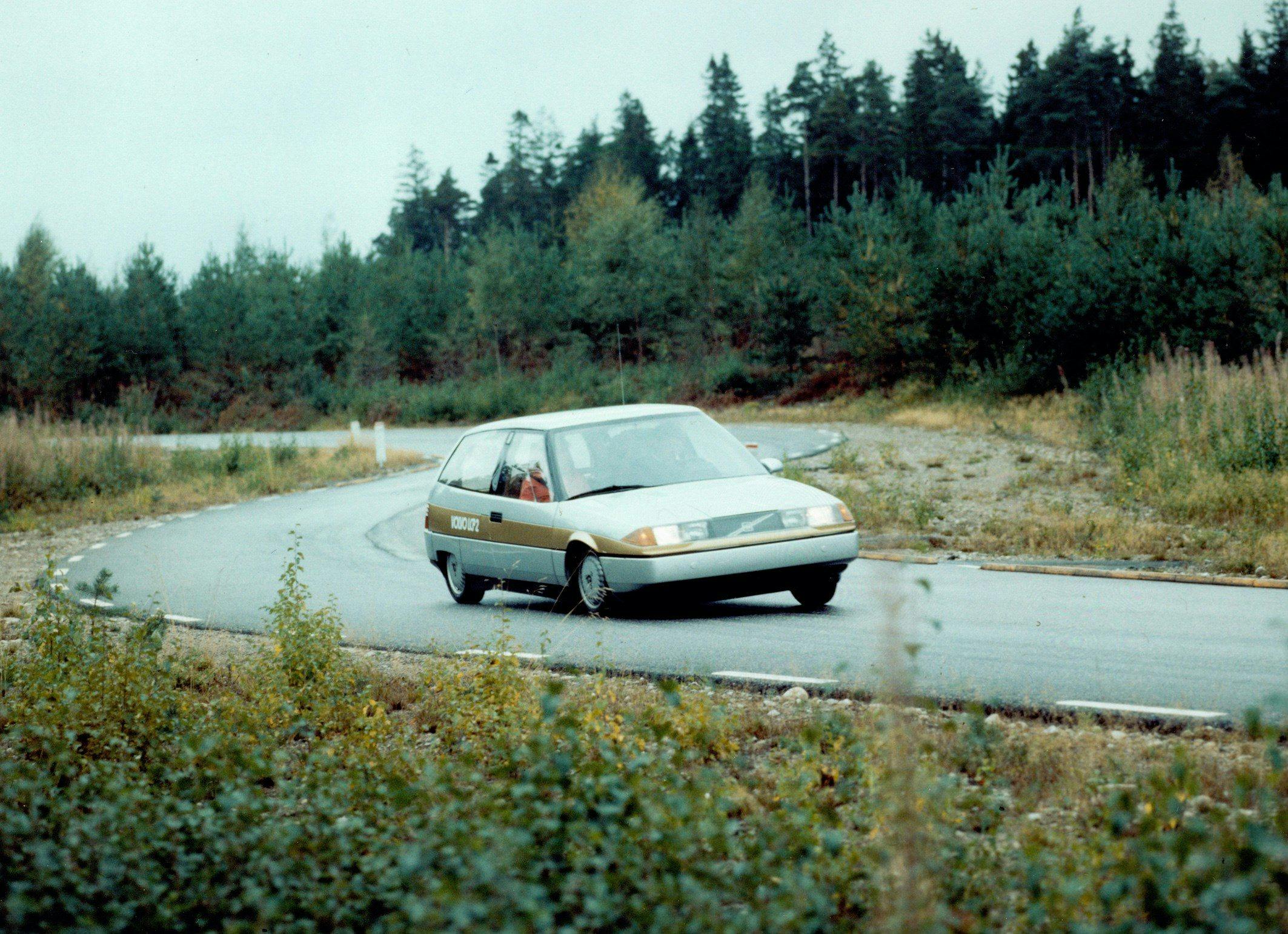
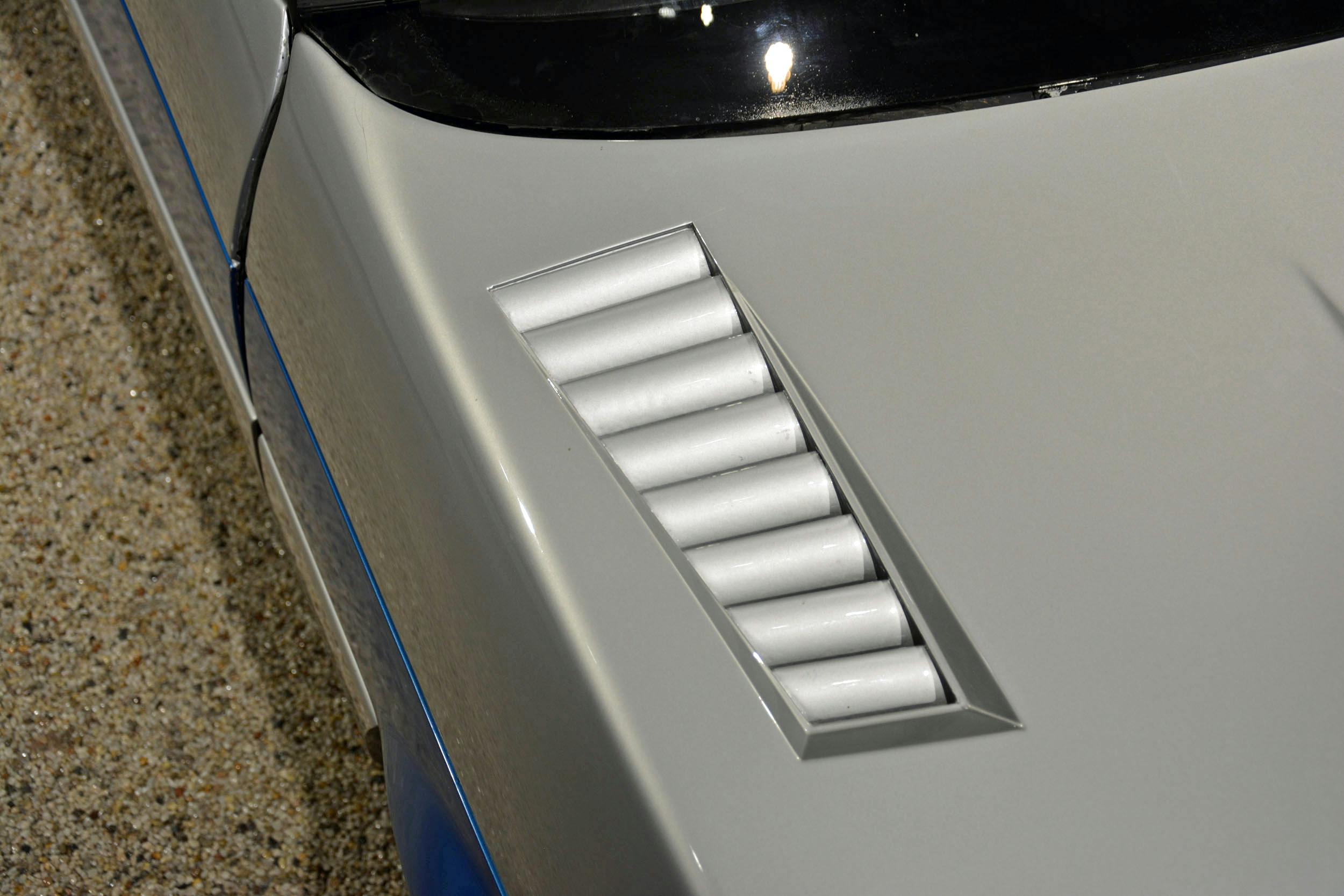
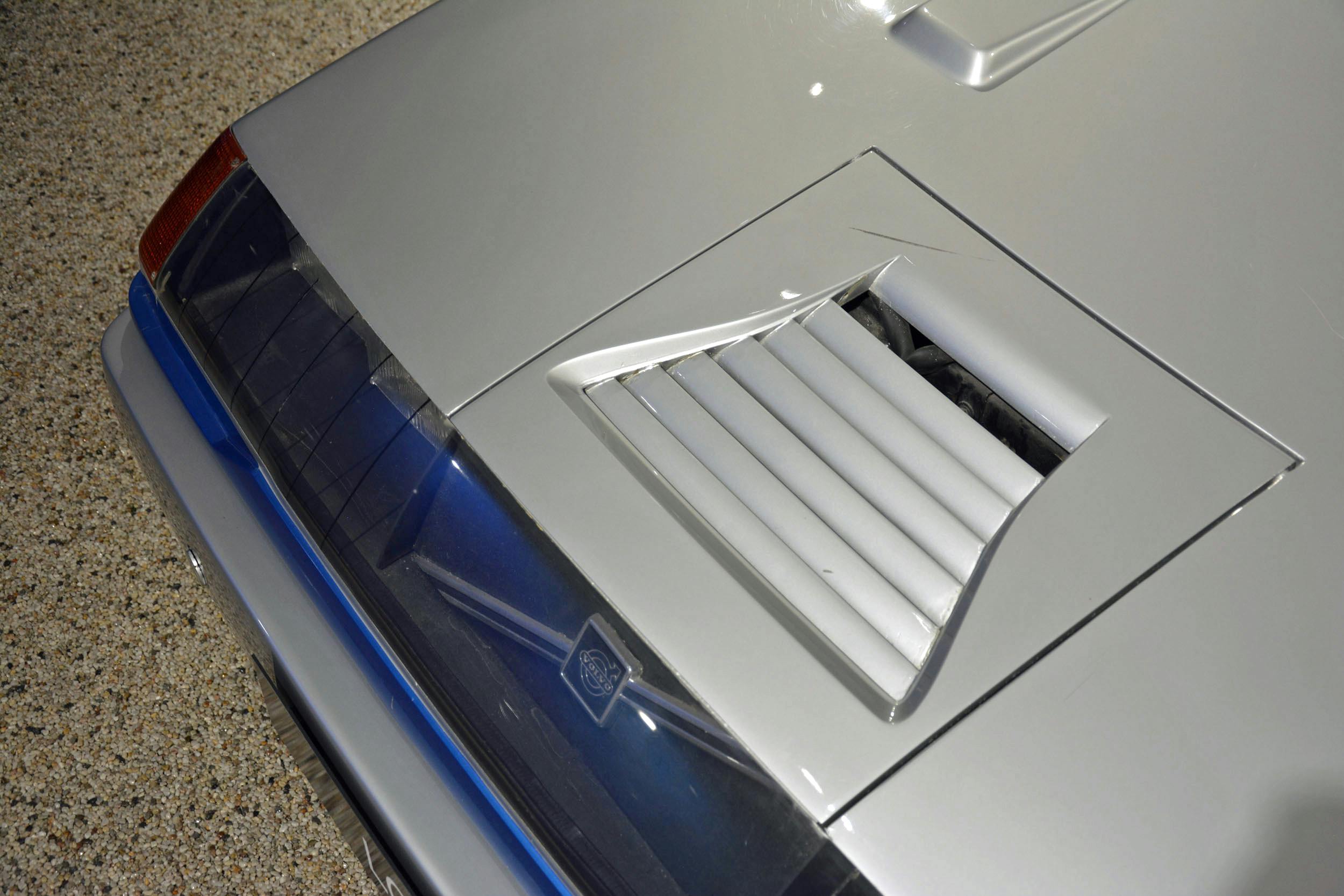

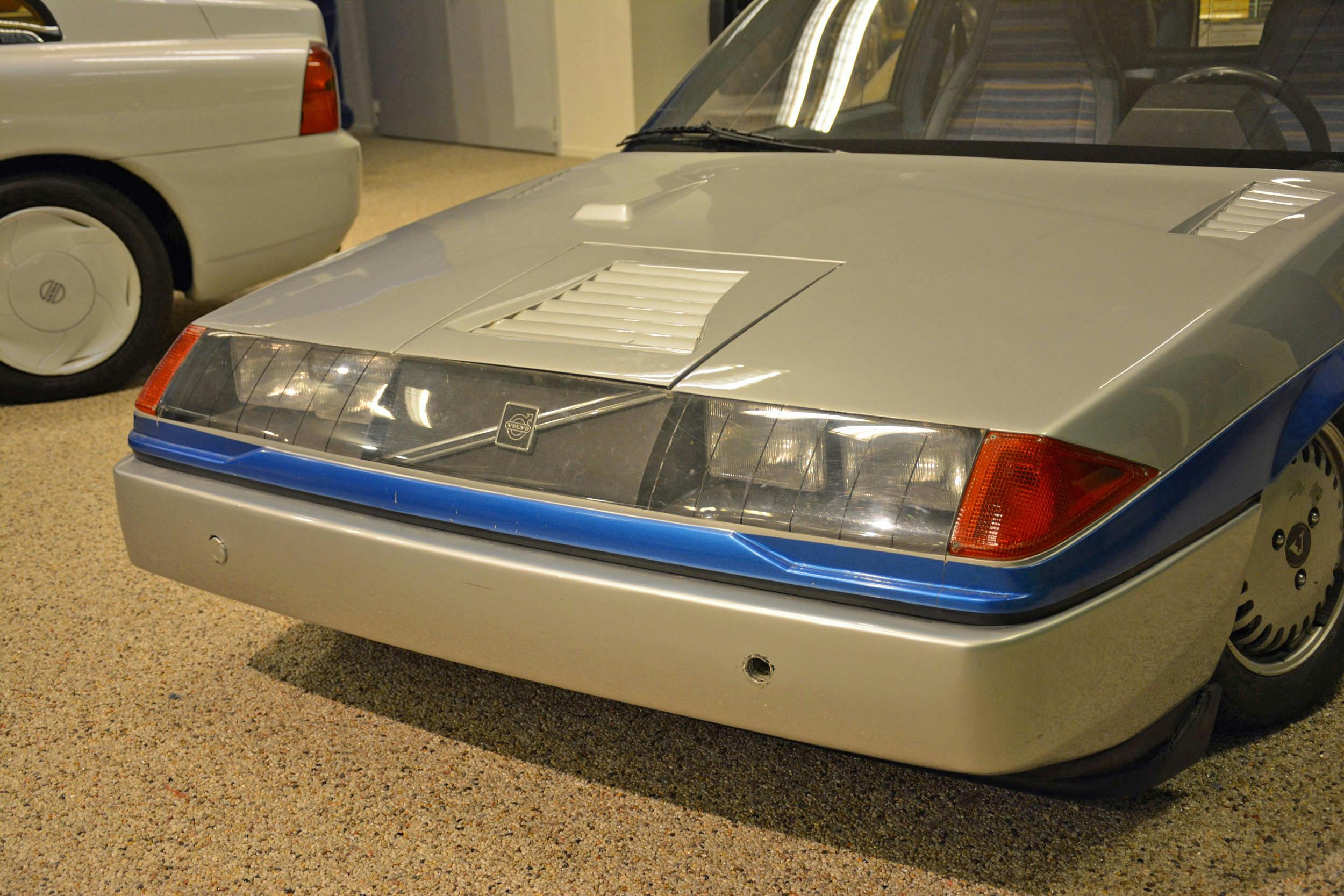
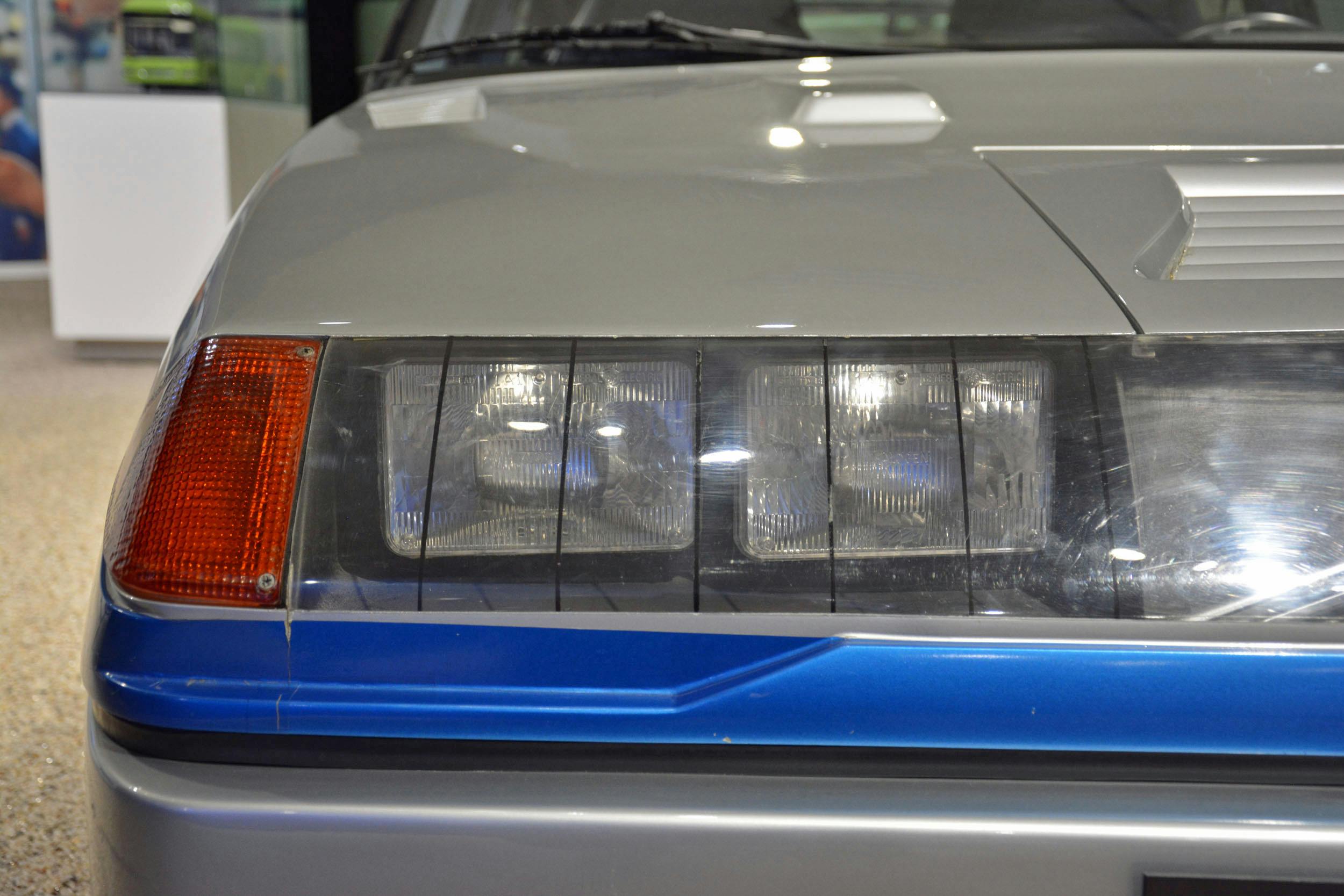

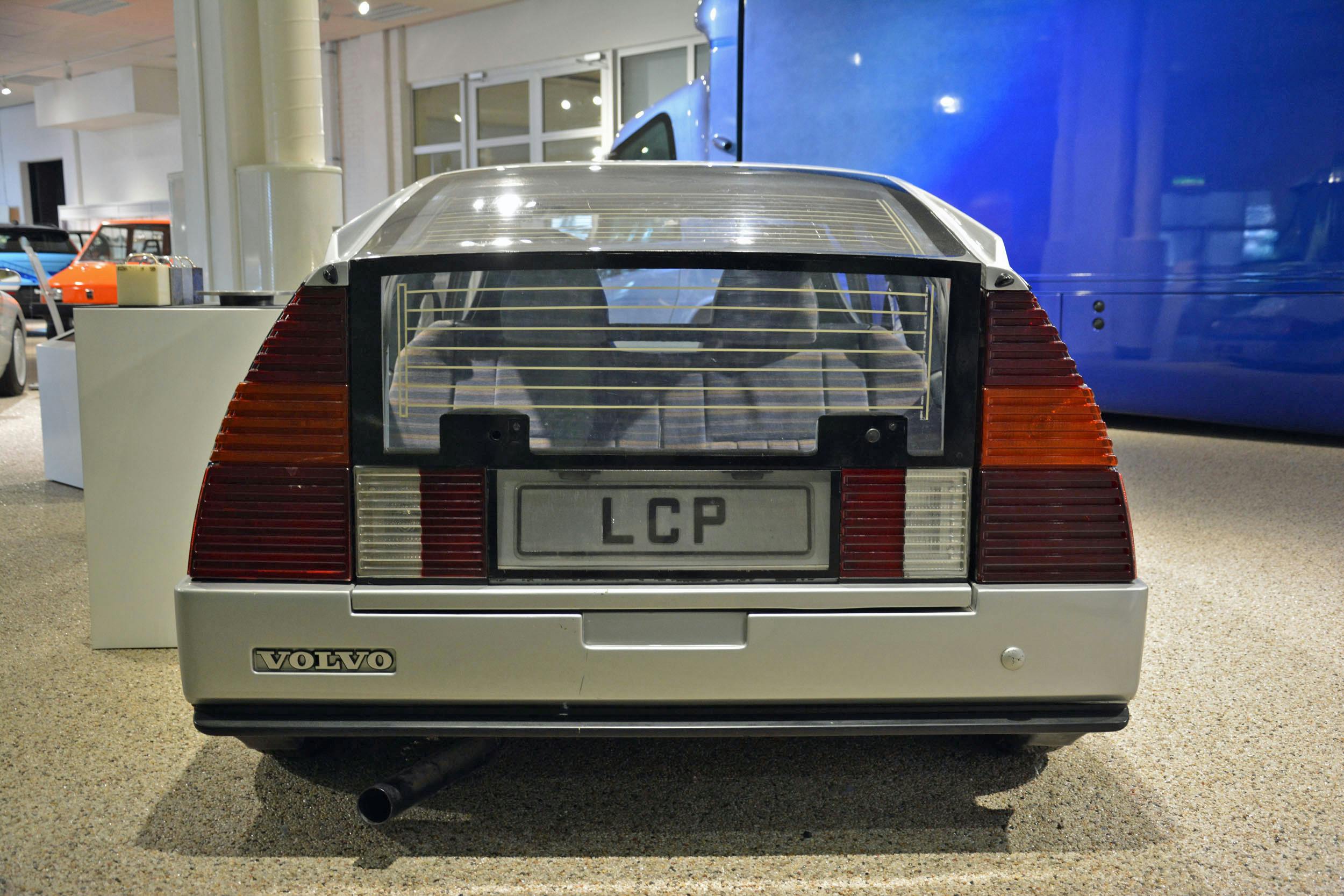

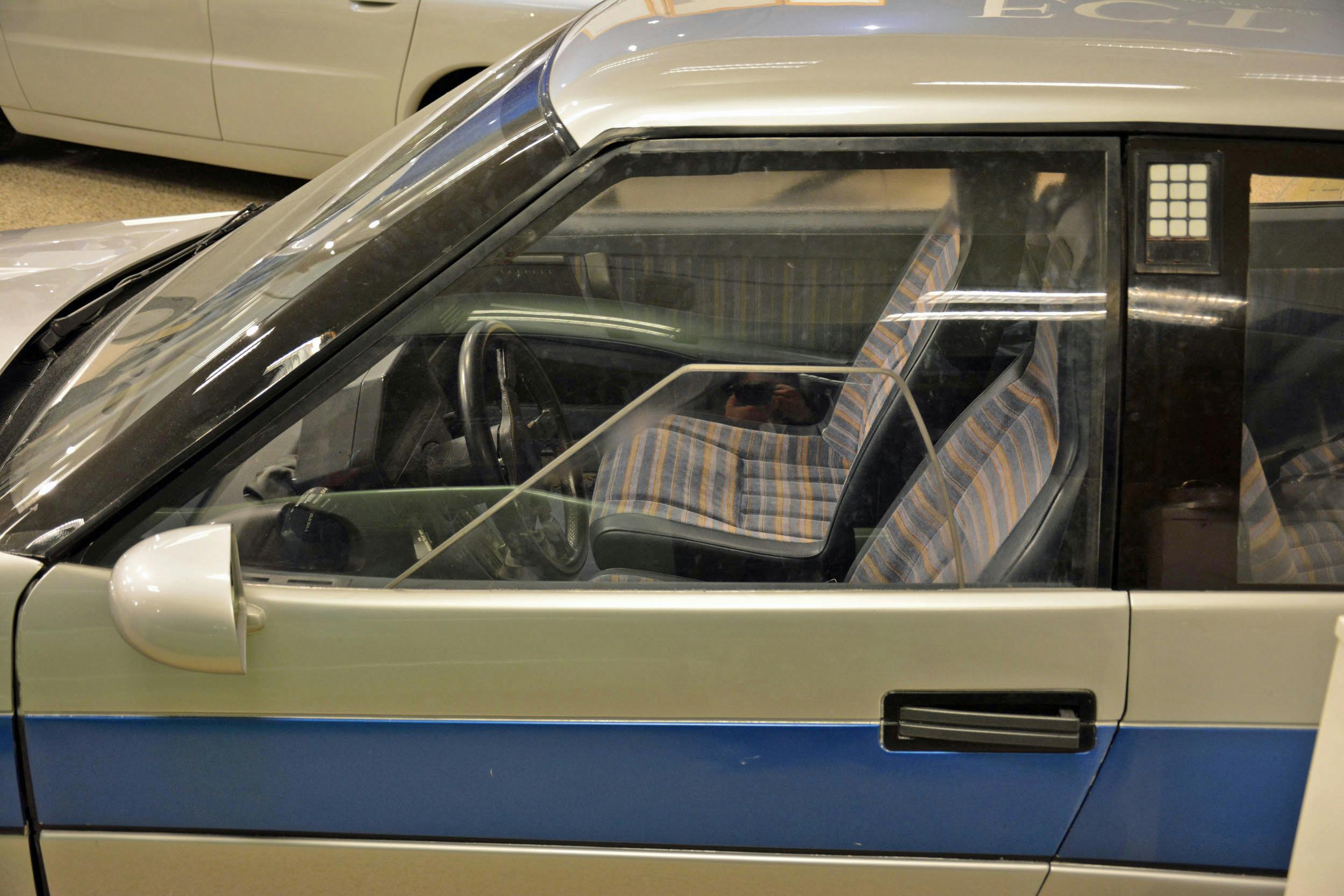
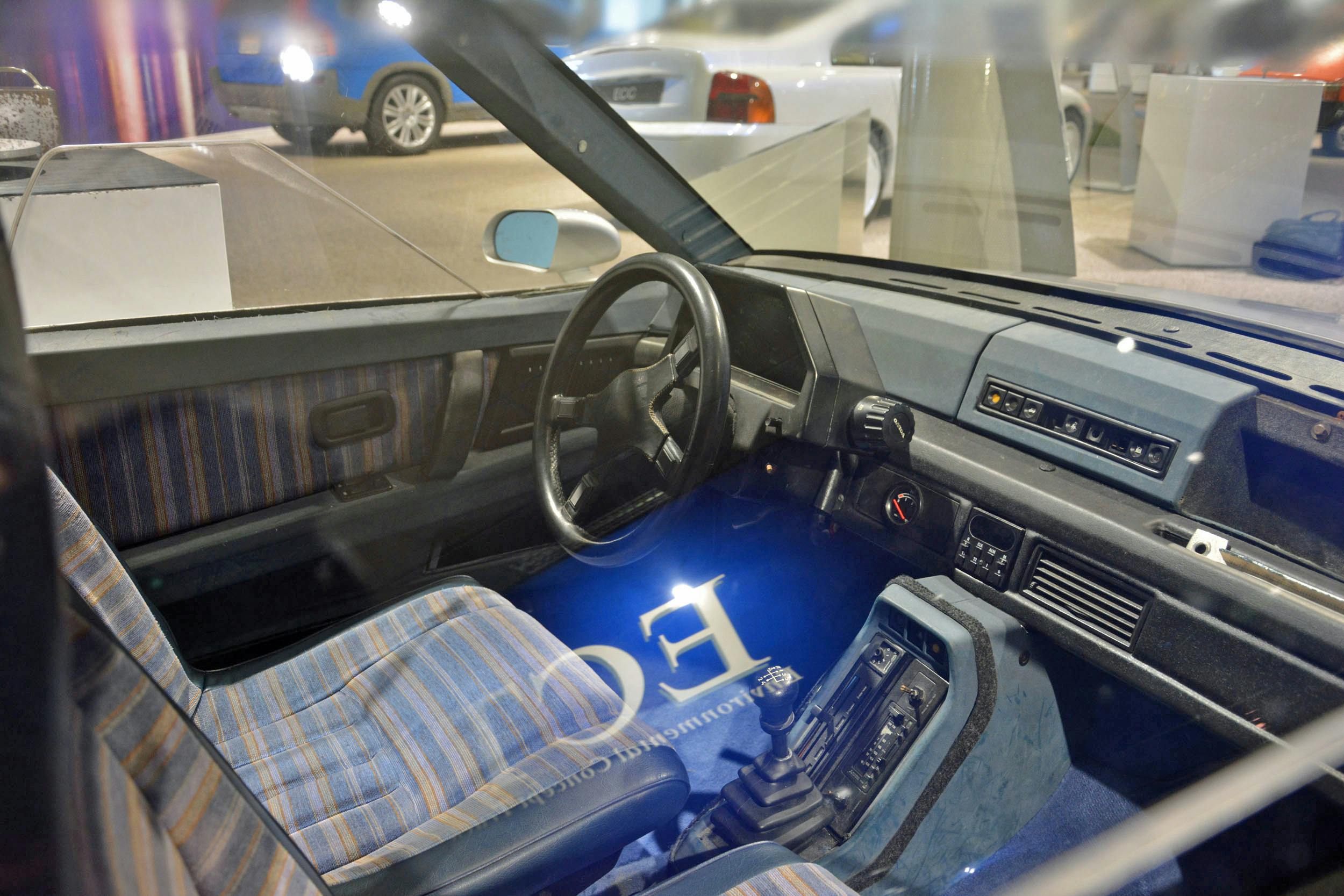
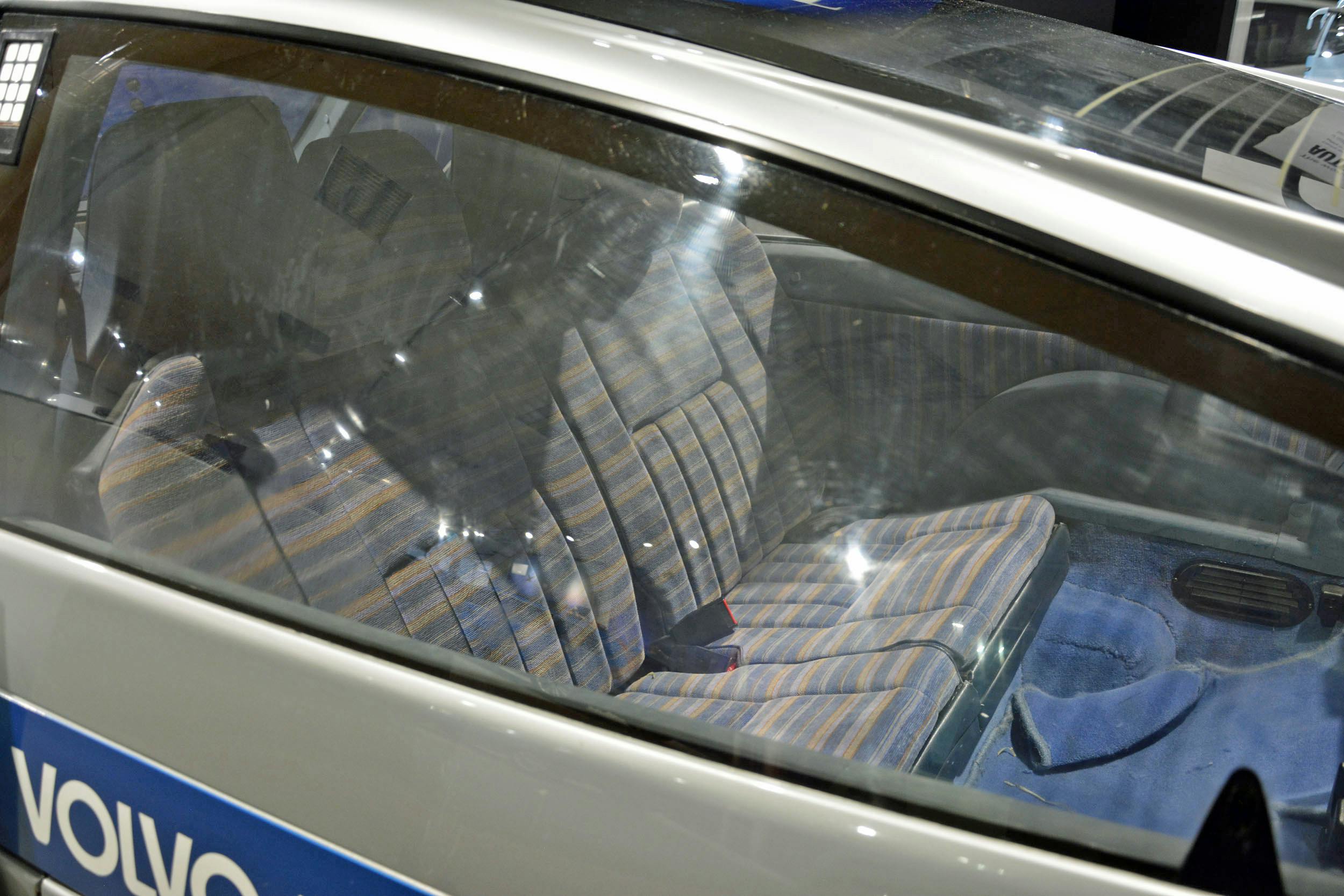




















That is not a “stubby rear end” 🙄. Rather, it is a textbook-perfect example of a Kamm back. It is the paragon of aerodynamic efficiency.
The author did not tell us in the article as to whether the Engineers hit their mark of 59mpg or not.
Has a slight Citroen quality to the design. I don’t think I would want a 100% rape seed oil sticker on my car. I know what that is but the word “rape” is going to get you some strange looks from easily offended types. Either way this car never made it to production.
Checkout the Citroen C4 Coupe, produced in 2004…
I think the 2004 Citroen was more the copy than the 1979 Volvo 🙂
I used to think the C30 was way off the Volvo design language. After seeing this, now I see the legacy in the C30. That is actually really cool. Thanks for this look back at something that really inspired a lot of other cars as well.